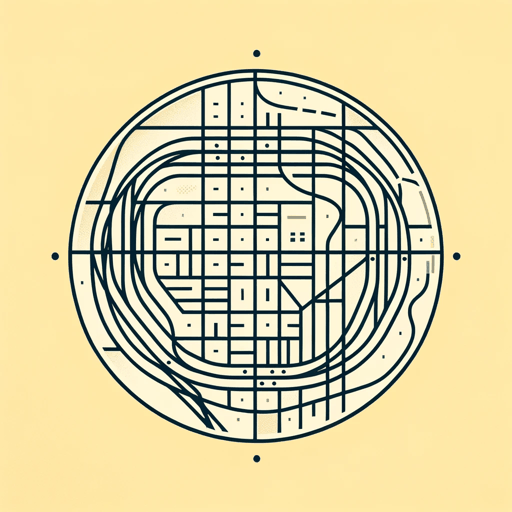42 pages • 1 hour read
William Julius WilsonMore Than Just Race: Being Black and Poor in the Inner City
Nonfiction | Book | Adult | Published in 2009A modern alternative to SparkNotes and CliffsNotes, SuperSummary offers high-quality Study Guides with detailed chapter summaries and analysis of major themes, characters, and more.
Chapter 3 Chapter Summaries & Analyses
Chapter 3 Summary: “The Economic Plight of Inner-City Black Males”
Since Elliott Liebow wrote Tally’s Corner: A Study of Street Corner Men in the 1960s, joblessness has become even more severe among black males. Long-term joblessness leads to a lessening of self-confidence and feelings of resignation. Allison K. Rodean and Christopher H. Wheeler argue that black males were more isolated from the job market in 2000 than in 1980 (64). Unemployment and joblessness disproportionately reside in inner-city neighborhoods. The ranks of idle inner-city men have swelled since the 1970s. The extremely limited annual earnings for black males reveal high rates of joblessness. These men could not support their families. Andrew Sum from Northeastern University showed that only one in three high school dropouts was able to find work (66). Many such men become involved in criminality. Women are exceeding men in college graduation, especially within black populations. The employment gap between blacks and whites widens dramatically among less educated groups. Therefore, education plays a key role in enabling black men to secure employment.
Structural factors creating problems for low-skilled workers include globalization and the technological revolution. Decreasing relative demand since the 1990s means unskilled workers face sharp job losses, especially in manufacturing, which had been a major source of employment for black workers since the Second World War.


